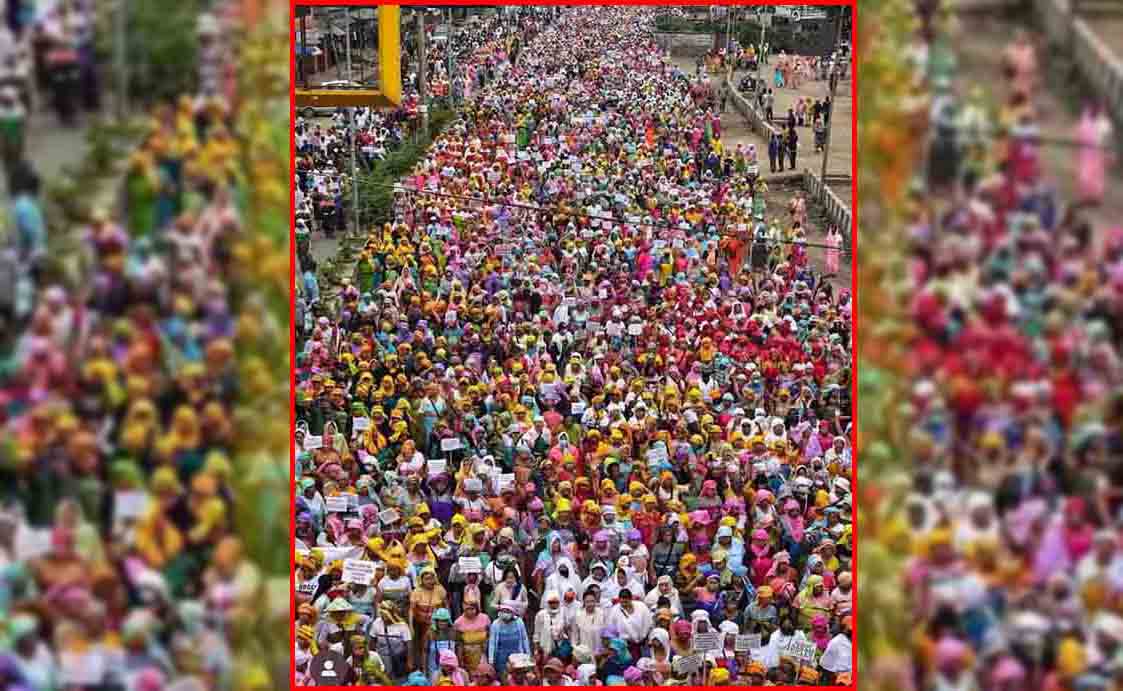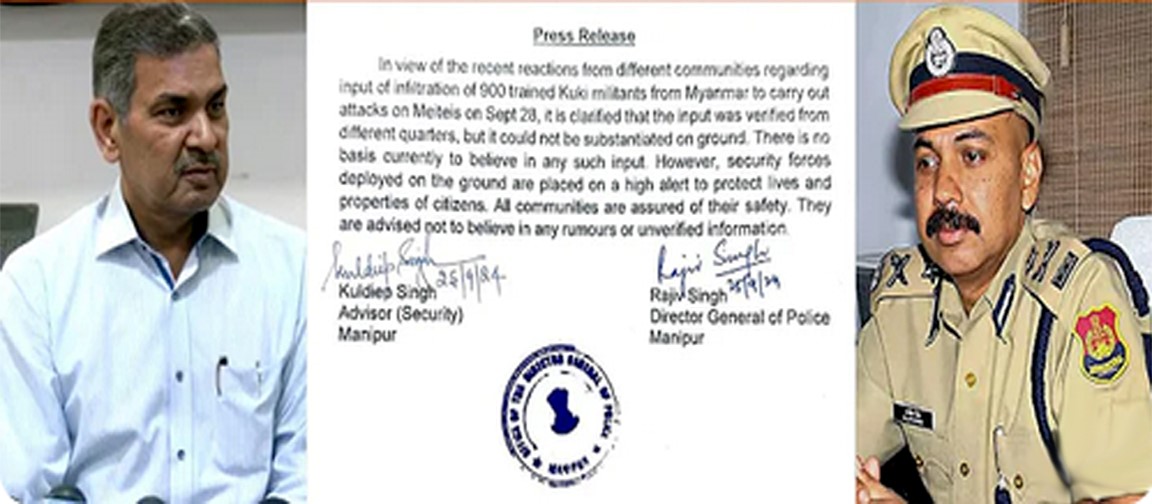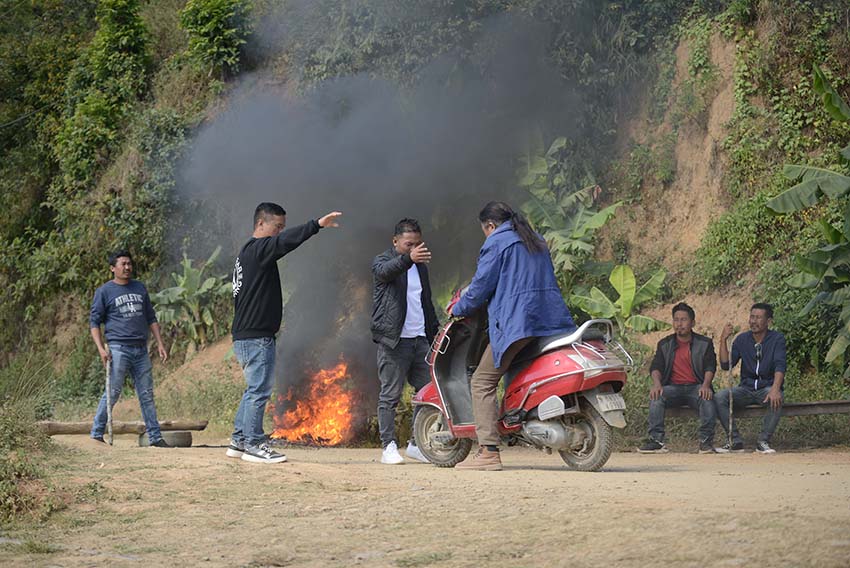Introduction
The women led movement in India is a diverse and multifaceted phenomenon that reflects the country’s vast cultural, social, and political landscape. One of the most distinctive and influential women’s organizations in this tapestry is the Meira Paibi of Manipur. Known as the “torchbearers,” Meira (lights/torch) Paibi (holder/bearer) carved out a unique space in the annals of women’s activism in India. This article aims to analyze the role of Meira Paibis in Manipuri society, position them in the broader spectrum of Indian women’s movements, highlight their contributions, and address the reasons why such indigenous women institutions are often misconstrued in India.
Historical Context and Emergence of Meira Paibis
The Meira Paibi movement emerged in the late 1970s and the early 1980s in response to socio-political turmoil in Manipur, particularly the impact of armed conflict and the imposition of the Armed Forces (Special Powers) Act (AFSPA). Rooted in the traditional roles of Manipuri women, the movement evolved from earlier forms of women’s activism, such as the Nupi Lan (Women’s War) of 1904 and 1939, where women collectively resisted British colonial policies.
Social and Political Activism
The Meira Paibis are renowned for their night patrols, where women armed with torches (meira) walk the streets to protect their communities from violence, drug abuse, and human rights abuses. This vigilantism is a form of grassroots justice and community policing that embodies a direct action approach to societal issues. They have been particularly vocal against the AFSPA, on the current Manipur conflict, organizing protests, sit-ins, and rallies to demand its repeal because of the human rights violations it has facilitated.
Cultural Preservation and Moral Policing
In addition to their political activism, the Meira Paibis play a crucial role in preserving Manipuri culture and traditions. They often engage in what can be termed moral policing, enforcing social norms, and curbing activities, such as alcoholism and drug abuse, which they perceive as threats to the community’s social and moral fabric. While this aspect of their activism has drawn criticism for being overly conservative, it reflects their commitment to maintaining social order and protecting the youth. During the last quarter of the 20th century, wide spread usage of drugs by the youths in Manipur resulted a social turmoil. The Meira Paibis played a crucial role in restoring normalcy. However, the anxiety of those disturbing days still gets reflected in many of their recent activities.
Meira Paibis and Other Women’s Movements in India
Comparisons and Contrasts
The Meira Paibi movement is unique in that it integrates traditional roles with contemporary activism. Unlike many mainstream feminist movements in India, which often draw their ideologies from Western feminist theories and urban middle-class contexts, the Meira Paibis are deeply rooted in Manipur’s rural and indigenous traditions. This makes their approach more relatable and acceptable to the local population. Similarities can be drawn with other regional women’s movements in India, such as the Chipko Movement in Uttarakhand, in which women played a crucial role in environmental conservation through direct action. Both movements highlight the significant impact of women’s grassroots activism on societal changes.
Position within the Broader Feminist Movement
The Meira Paibi movement represents a form of indigenous feminism that prioritizes community welfare and cultural preservation, alongside gender equality. This contrasts with the more urban-centric feminist movements that often emphasize individual rights and freedoms. The Meira Paibis challenge the dominant narratives of feminism in India by showcasing a model of collective action rooted in traditional values, yet oriented towards contemporary socio-political issues.
Contributions of the Meira Paibis
One of the most notable contributions of the Meira Paibis is their persistent advocacy for the repeal of the AFSPA. Their sustained protests have brought national and international attention to the draconian nature of this law and its impact on human rights in Manipur. Although the law remains in place, their activism has sparked significant debates and discussions about its legitimacy and application.
Through their efforts to combat drug abuse, alcoholism, and violence, the Meira Paibis have contributed to social justice and peace building in Manipur. Their night patrols and community interventions have reduced crime rates and fostered a safer environment for residents.
Recent Events in Manipur (2023-2024)
The year 2023 witnessed severe ethnic clashes in Manipur, primarily between the Meitei and Kuki communities. The violence erupted due to long-standing grievances over land rights, political representation, and resource allocation. The Meira Paibis played a crucial role during these turbulent times, organizing peace marches and rallying for causes they felt dear to them. They protested even against their own community in a particular molestation case demonstrating their commitment to social justice.
Misconstructions and Misrepresentations
One reason women led institutions such as the Meira Paibis are misconstrued in India is the cultural disconnect between different regions and the dominant narratives of feminism. Mainstream Indian feminism, often influenced by Western ideologies, may not fully appreciate the context-specific activism of groups such as the Meira Paibis. Their methods, which blend traditional roles with contemporary activism, might be viewed as conservative or regressive by those who prioritize individualistic and urban-centric feminist paradigms.
Media Representation
The portrayal of the Meira Paibis in mainstream media often lacks depth and context, focusing more on their dramatic protests and confrontations with the military rather than on their day-to-day activism and community work. This selective representation can lead to skewed understanding of their contributions and objectives.
Stereotyping and Simplification
A common issue faced by the Meira Paibis is the stereotyping and simplification of their activism. Media portrayals often reduce their complex and multifaceted activism to mere vigilantism or moral policing. This narrow view overlooks the broader social, political, and cultural dimensions of their work, thereby undermining their contributions and misrepresenting their true impacts. For example, almost all such reporting miss out historical context of Meira Paibis. For example, the Meria Paibi movement was started as an agitation against the economic and administrative policies of the Manipur Maharaja and the Political Agent Mr. Grimson of the British Government (1933–45) in Manipur, it evolved into a movement for the constitutional and administrative reform in Manipur.
Regional Bias
The regional bias in national narratives also contributes to the misconstruction of the Meira Paibis’ work. Northeast India, including Manipur, is often marginalized in national discourses, leading to a lack of understanding and appreciation for the unique socio-political contexts of the region. This bias results in the marginalization of movements such as the Meira Paibis, which are seen through a distorted lens shaped by stereotypes and a lack of nuanced understanding.
Future Directions and Challenges
Like any social movement, the Meira Paibis must also address internal criticism and evolve. Some community members and external observers have critiqued their methods of moral policing and conservative social practices. Engaging in open dialogues within the community about these practices and seeking to balance traditions with progressive values will be crucial for their sustained relevance and effectiveness.
Conclusion
The Meira Paibis of Manipur exemplify a unique and powerful form of women’s activism that is deeply rooted in local traditions yet highly effective in addressing contemporary issues. Their contributions to social justice, community empowerment, and human rights advocacy are significant, positioning them as a vital force in the broader spectrum of women led movements in India.
This article was first published in counterview.net.

The writer is a senior professional who has worked in the social sector in India and contributes regularly to mainstream media on various policy matters. Views expressed here are personal.










1 thought on “The Meira Paibi Phenomenon – Inter-Sectional Activism, Regional Stereotyping and Media Misconstruction”
🙏
Comments are closed.